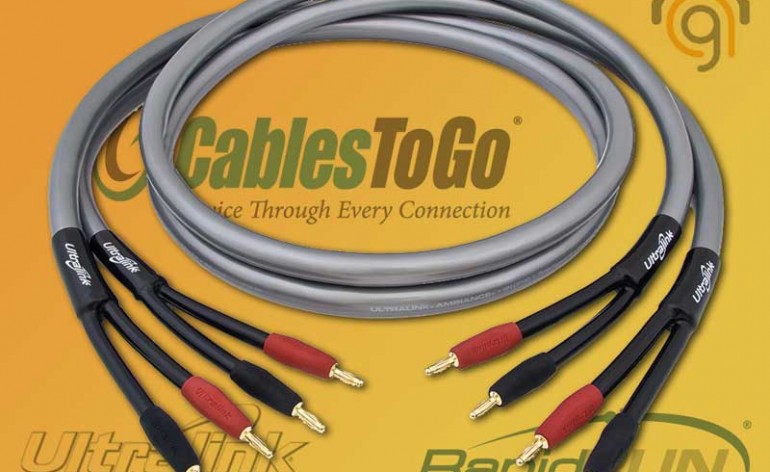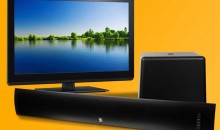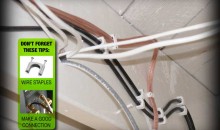What Kind of Speaker Cable Do I Need?
When asking the question, What kind of speaker cable do I need, you’re taking your life into your hands. You really are. Some guys treat this topic as if their very life’s happiness were depending upon your shared enthusiasm with their newly-purchased speaker wires. As for us, we think it’s tied to your personality—and your intended application. Application, while pertinent, is rather boring…so let’s do this guide based on your personality. This should be loads of fun. Following are our recommendations based on the category of user.
General Guidelines
For anything that is destined to go in-wall, you want unterminated CL2-rated cable. That includes your surround speakers, in-ceiling or in-wall speakers and anything that might run up inside a wall cavity—even for a short run. That might be a short jump from the back of your AV gear to a center channel speaker you mounted up higher on the wall below your television. If you are running wiring between two speaker plates, where the wire runs inside the wall cavity, you don’t want to use terminated speaker cables. The only exception to this is when using wall plates that don’t have terminations, but rather utilize open “chutes” on interior walls which allow you to run cables from top to bottom over short distances. These are most common for interior wall-mounted televisions. For these, you can get away with running terminated cables of the proper length because the wire is technically removable and not permanently enclosed within the wall cavity.
Let’s start with the low-hanging fruit.
The DIYer or Weekend Project Warrior
If you’re running cable in your home for surround sound or setting up a friend for a 7.1 experience, you need bulk cable—and you need a lot of it. With bulk cable, you save a lot of money, particularly since you’re not terminating the cable. For example, 250′ of 14/2 in-wall CL2-rated speaker cable is around $55. But you can 500′ of 12/2 (thicker wire) for just $89. That’s double the wire with a thicker gauge for less than double the price. If you shop around, you can probably find even better deals. For surrounds and any in-ceiling speakers, CL2-rated in-wall speaker cable is simply the best solution. Be sure to take careful measurements and give yourself some overage when estimating how much cable you’ll need for the job. Too much cable is a quality problem. Too little is a major frustration.
The Sensible Value-Conscious Consumer
For hooking up your front and center channel speakers you want some nice terminated speaker cables. It gets you up and running more quickly, it looks nicer, and it allows you to more easily connect and disconnect the speakers if needed (or, better yet, if you upgrade them!) We recommend GearIT 12AWG Premium Heavy Duty Braided Speaker Wire. They look good and they’re easy to use. You can get a 10-foot cable for under $20 and it comes terminated with banana connectors all ready to go. Yes, we realize they are almost half as much as 250′ of raw wire. But you aren’t paying for the wire, you are paying for the ability for them to be seen and admired.
The Religious Cable Zealot
Before we go on, which of the following do you believe will result in the most dramatic change in the sound of your music:
A. Upgrading your speakers
B. Adding $1,000 worth of room acoustic treatments to your room
C. Switching from compressed mp3 recordings to lossless music files
D. Lifting your speaker cables 3-inches off the ground
If you answered D, you’re a cable zealot. Let’s just put this out in the open, because the first step to recovery is admitting you have a problem. You love speaker cables. You think they affect the sound of a speaker more than…well, more than getting an upgraded pair of speakers. This isn’t necessarily a bad thing. It’s just that, for you, we have a special set of recommendations.
Cable Zealot Recommendations
These recommendations are based on the fact that you love speaker cables and you want them thick and robust. With that said, we recommend SVS Soundpath Ultra Speaker Cables. They are around $47 for an 8′ run, but they will make you feel like you bought quality—and at a bargain price compare to similar products by Kimber, Nordost, MIT, AudioQuest, or Monster. These are really nice cables with fancy connectors (spade on one side, banana on the other) and 99.99%, OSD Oxygen-Free Copper internal wire. But what’s really neat (to us) is that these 2-conductor 12 AWG cables are sheathed in a high tensile protective braided sleeve for insulation, interference rejection, and easy handling. Plus, they are pretty. And that’s really what matters here.
Conclusion
Cables are a peculiar thing. They are either prized possessions for die-hard home audiophile enthusiasts, or overlooked accessories that often escape the budget considerations of many home theater buying guides. Without cables, however, you can’t connect your gear—and consequently, you won’t hear anything. That puts them up there on my list. I will say, though, that a quality pair of 12/2 cable is most likely going to sound the same whether or not it’s dressed up in an oxygen-free jacket, with gold-plated connectors hand-forged in the Peruvian mines by celibate monks…just hook it up and give it a listen.
What cables are you running in your home theater or listening room? Let us know in the comments below!






